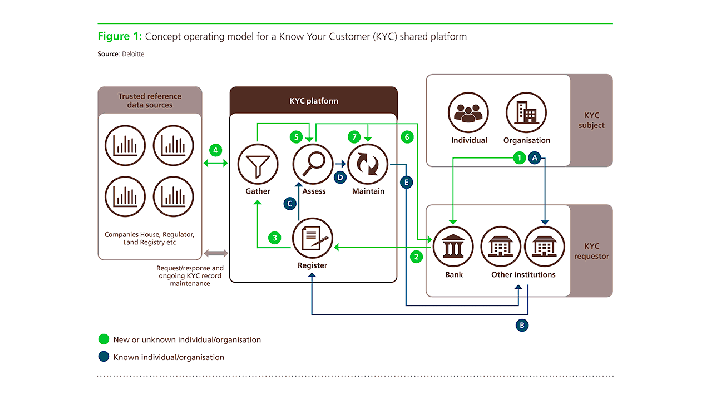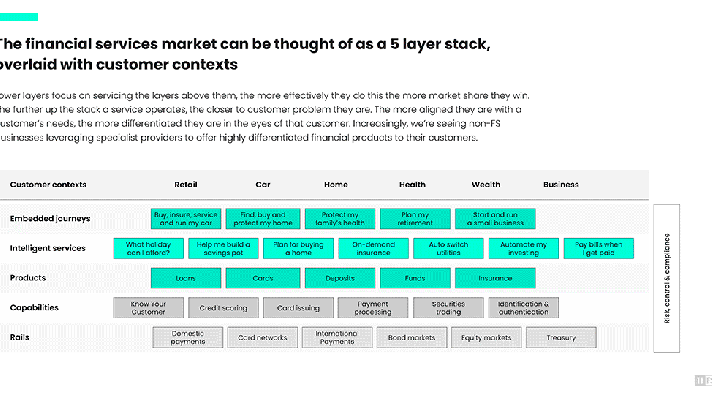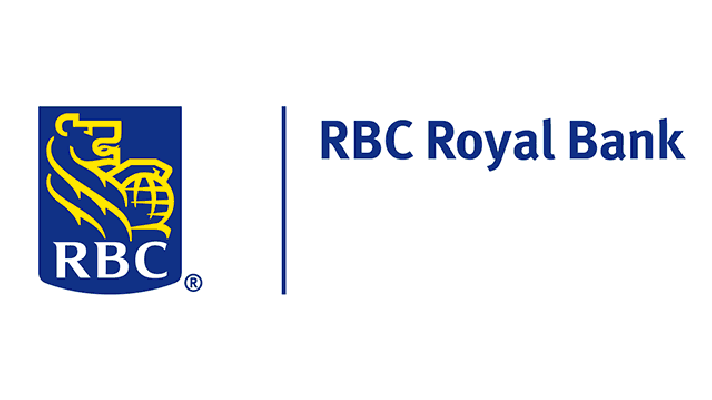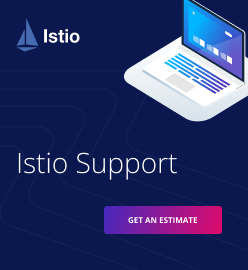Cloud Foundry Meets FinTech—A Fireside Chat with BNY Mellon’s Peter Leong
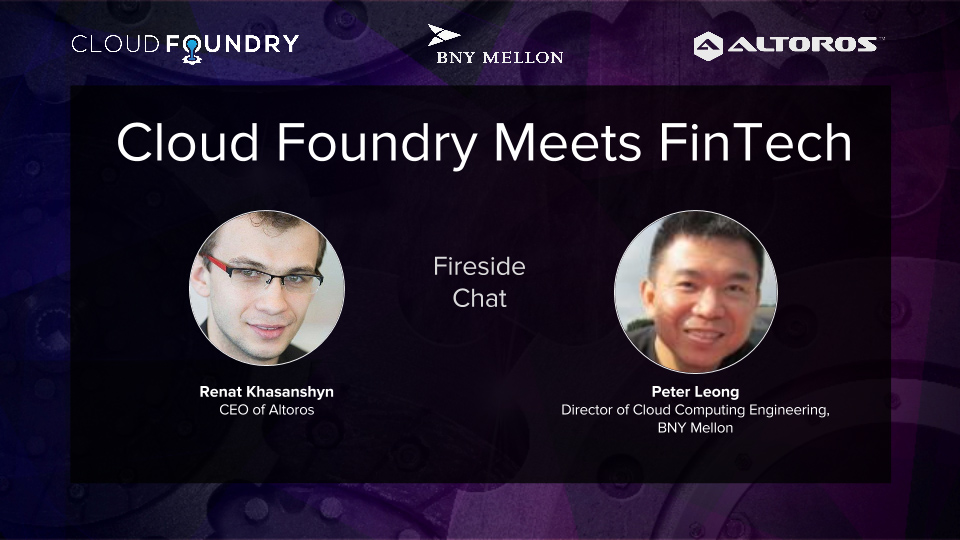
BNY Mellon is a well-established name in the financial services industry. The company’s commitment to the Cloud Foundry Foundation along with Peter Leong’s comments and advice here will hopefully convince more companies in financial services to take interest in Cloud Foundry.
Recently, BNY Mellon’s Director of Cloud Computing Engineering, Peter Leong sat down with Altoros CEO Renat Khasanshyn to discuss the current state of Cloud Foundry within the financial services sector.
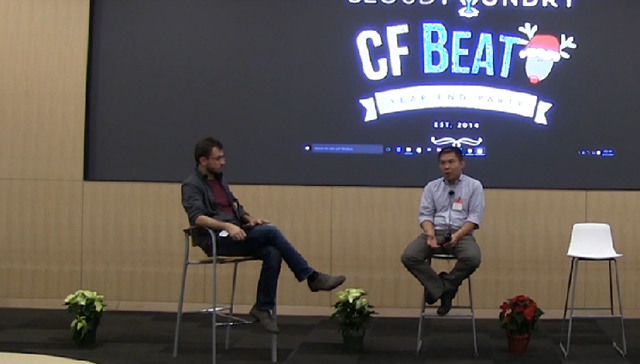
Renat: What are the key problems facing your clients within the financial services?
Peter: We are starting to feel the need to run the company as a software company. We need to deliver our services and solutions essentially via software.
“What that means is that, we have to focus on agility, productivity, and rapid time to market and in the case of financial services, one thing that’s really important is security and everything else that goes with it.” —Peter Leong, BNY Mellon
In the case of BNY Mellon, a lot of our customers look to us to be the provider or the supporter of technology that they would use, so we focus on moving financial services, moving to the cloud or hybrid cloud.
Renat: For the future, what kind of open-source projects would you work on other than Cloud Foundry? Other than WSO2, what else do you use in your stack and what are you looking for to include into NEXEN?
Peter: We’re really embracing open source when we look at new solutions. It’s not so much about cost savings but collaboration with other customers. As a bank, we’re on the path of embracing open source and are looking to contribute to Cloud Foundry.
You mentioned WSO2 but the other thing that BNY Mellon has done is Symphony. Symphony is the secure messaging platform for financial services. It’s important because BNY Mellon together with other financial services companies funded the development and reaped the benefits of the project.
Renat: How do you work with companies and what specifically are you looking for to incorporate their ideas and innovations into NEXEN and Cloud Foundry?
Peter: One of the reasons we’re out here is that the Cloud Foundry Foundation is keeping an eye out for new developments. Obviously for us, the bar is set pretty high for ideas and solutions, but we do keep an eye out on the interesting ones.
The other thing to think about is that NEXEN as a platform is a way for startups to innovate their technology into BNY Mellon, so that they get access to our customers and services.
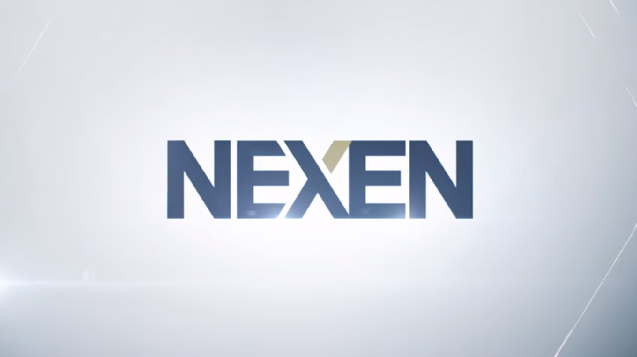
Renat: NEXEN right now is a closed platform. You cannot register. You cannot get an account. How would you recommend people to start working with you?
Peter: At this stage, if you have new ideas or any interesting topics of conversation, just reach out to us directly.
Renat: Could you share what components of Cloud Foundry NEXEN is running?
Peter: We’re taking it one step at a time. In the beginning, it would be the natural ones like web apps and microservices. For the middle part of the plan later, we’re looking at workflows.
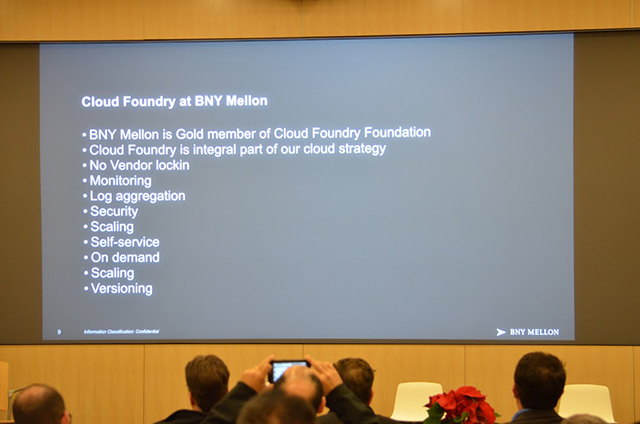
Renat: What do you think Cloud Foundry as a project and a community needs to do in order to spark the interest of all the banks in the world?
Peter: The short-term question we ask is, “How does it fit in with the existing enterprise structures?” It’s a heavily regulated industry, so traceability, data-scientist workloads, and workflow integration of Cloud Foundry will help.
Renat: What advice could you give to those getting started with Cloud Foundry, especially those in financial services?
Peter: “Getting the entire organization in especially with an infrastructure networking group is huge. We spent quite a bit of time trying to educate ourselves.”
Want details? Watch the video!
Table of contents
|



